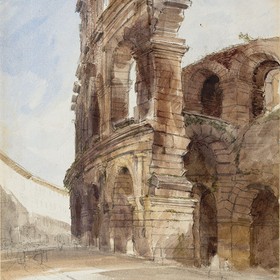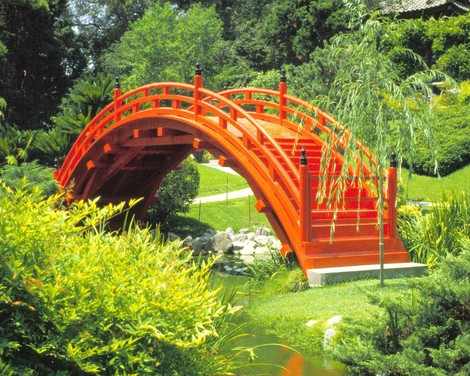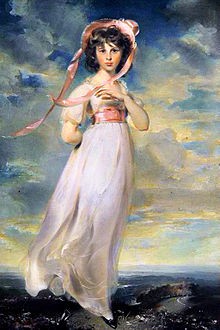
Glory After the Fall
Images of Ruins in 18th and 19th Century British Art
| When | Saturday, April 18 – Monday, August 10, 2015 |
|---|---|
| Location | The Huntington Library, San Marino |
| Contact | 626.405.2100 |
Glory After the Fall: Images of Ruins in 18th and 19th Century British Art
Huntington Art Gallery, Works on Paper Room
The Huntington Library, Art Collections and Botanical Gardens
With Rome as its primary focus, this exhibition features the prints, drawings, and watercolors of 18th and 19th-century British artists from The Huntington’s art collections. The popularity of ruins was due in large part to the Grand Tour. It was on this extended sojourn through continental Europe that wealthy Englishmen encountered the physical remains of antiquity. Schooled in the art and literature of ancient Rome, the journey was intended to complement a young aristocrat’s classical studies. Yet, even at home, ruins captivated British audiences. In addition to ancient structures, this exhibition includes images of Gothic ruins in England. From John Ruskin’s sketch of Kenilworth Castle to William Marlow’s rendering of the Colosseum, the idyllic scenes are emblematic of past glories, even as they prompt viewers to contemplate the fleeting nature of man’s accomplishments. The works in this exhibition possess a mysterious beauty and a capacity to evoke complex emotions, ruins have fascinated viewers for centuries. They serve as reminders of triumph and achievement while functioning as potent symbols of loss and destruction.


For more information: http://www.huntington.org/
A private, nonprofit institution, The Huntington was founded in 1919 by Henry E. Huntington, an exceptional businessman who built a financial empire that included railroad companies, utilities, and real estate holdings in Southern California.
The Library’s collection of rare books and manuscripts in the fields of British and American history and literature is nothing short of extraordinary. For qualified scholars, The Huntington is one of the largest and most complete research libraries in the United States in its fields of specialization. For the general public, the Library has on display some of the finest rare books and manuscripts of Anglo-American civilization. Altogether, there are about 6 million items. Among the treasures for research and exhibition are the Ellesmere manuscript of Chaucer’s Canterbury Tales, a Gutenberg Bible on vellum, the double-elephant folio edition of Audubon’s Birds of America, and a world-class collection of the early editions of Shakespeare’s works.
The Art Collections are distinguished by their specialized character and elegant settings in three separate galleries on the Huntington grounds. The Huntington Art Gallery, originally the Huntington residence, contains one of the most comprehensive collections in this country of 18th and 19thcentury British and French art. It serves as home to Gainsborough’s Blue Boy and Lawrence’s Pinkie. On display in the Virginia Steele Scott Galleries of American Art, The Huntington’s American art collection includes works from the 1690s to the 1950s, including important paintings such as Mary Cassatt’s Breakfast in Bed, Frederic Edwin Church’s Chimborazo, and Edward Hopper’s The Long Leg.
_full.jpg)

The Botanical Gardens, covering 120 acres, has more than a dozen specialized gardens are arranged within a park-like landscape of rolling lawns. Among the most remarkable are the Desert Garden, the Japanese Garden, the Rose Garden, and the Chinese garden.
